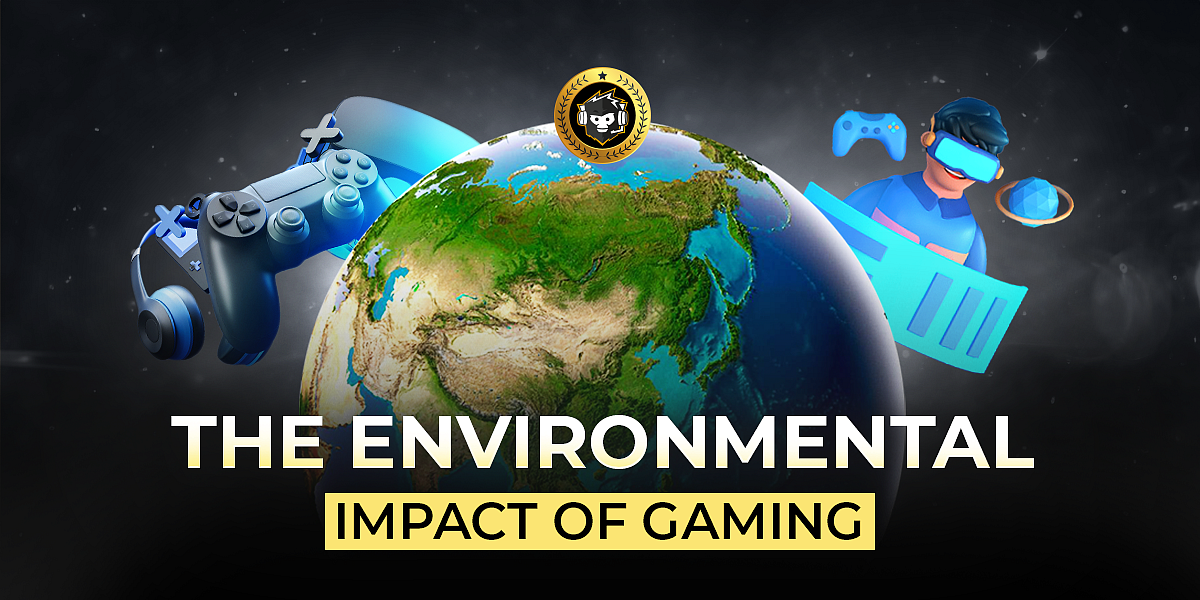Gaming’s Carbon Cost: How Tech Innovations Are Reshaping Our Environmental Impact
From console to cloud, here's how gaming's evolving landscape is affecting our planet.

Cover-Credits:
AFK Gaming
Every time you boot up your favorite game, you’re not just entering a virtual world of adventure and competition, but also unknowingly contributing to a very real and pressing environmental crisis. As the gaming industry surges toward new heights, with an estimated 3.24 billion players worldwide, the hidden environmental toll of this digital pastime is quietly stacking up. From the energy-guzzling data centers powering cloud gaming to the resource-intensive production of high-end gaming consoles, the carbon footprint of gaming is far more significant than most players realize.
The gaming landscape is evolving rapidly, with cloud gaming and Web3 technologies leading the charge into a new era. While these innovations promise unprecedented convenience and immersive experiences, they come with a steep environmental cost. Cloud gaming, which allows players to stream games from remote servers, demands enormous amounts of energy—so much so that a single hour of gameplay could consume as much electricity as an entire household does in a day. Meanwhile, the rise of blockchain-based Web3 gaming adds another layer of complexity, with its energy-intensive processes contributing to the already substantial carbon footprint.
